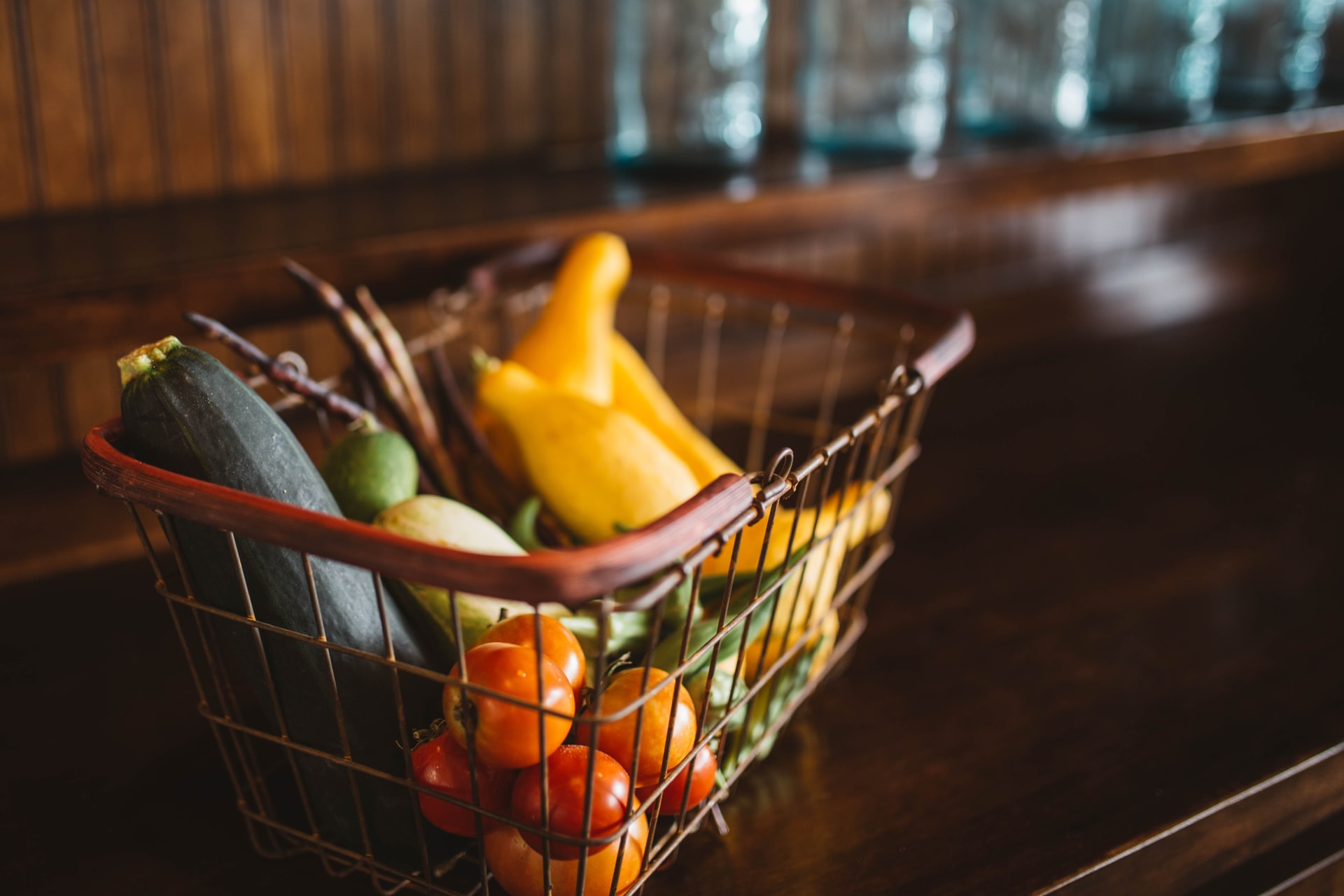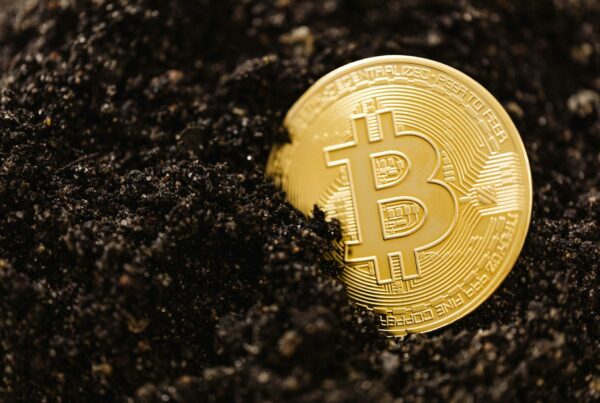Ridesharing is taking a back seat to food and grocery delivery for Uber, the largest company in the sector. Ecommerce in the grocery industry has been surging and Uber may start a flood of food delivery firms into groceries as well, which could challenge the dominance of major retailers and tech firms already operating in the space. Meal kit delivery has also benefited from the growth in delivery amid the COVID-19 pandemic. The number of meals the average US family is cooking at home has risen by 75% since the pandemic began.
Related Stocks: Uber Technologies, Inc. (UBER), Lyft, Inc. (LYFT), Walmart Inc. (WMT), The Kroger Co. (KR), Target Corporation (TGT), HelloFresh SE (HLFFF), Blue Apron Holdings, Inc. (APRN)
Uber Makes their Move on Groceries
Gross bookings in Uber’s mobility rides unit slumped 75% to $3.1 billion in the second quarter while in the delivery segment, gross bookings more than doubled to nearly $7 billion. The revenue Uber made from the delivery segment also more than doubled to $1.2 billion as mobility unit revenue fell by two-thirds to $790 million.
As Forbes writes, both measures marked the first time the company’s delivery business had topped the mobility business in size.
While this uptick in deliveries has sustained the company through these hard times, Uber still loses money on delivery, and so the rapid growth in this business has not generated profitability. This has been an ongoing problem across the entire food delivery industry, one which MRP has covered numerous times.
One major way Uber is looking to boost the profitability of its “Eats” service is by expanding into grocery delivery. Last week, in an interview with CNBC, CEO Dara Khosrowshahi highlighted that the grocery delivery business is profitable in two of its top five markets. Overall, he said, “the Eats business, the delivery business, isn’t making money right now, but it’s because we’re investing behind this unbelievable rate of growth.”
Uber announced the launch of its grocery delivery service in July and debuted a short-range delivery service for consumer-to-consumer small packages — called Uber Connect — in June. Grocery delivery is one such adjustment‚ building on the explosion of egrocery and delivery as consumers wish to spend less time in stores.
In company tests with grocery and convenience stores, Uber saw grocery orders skyrocket…
To read the rest of this Market Insight, START A FREE TRIAL You’ll also gain access to: If you already have a subscription, sign in










